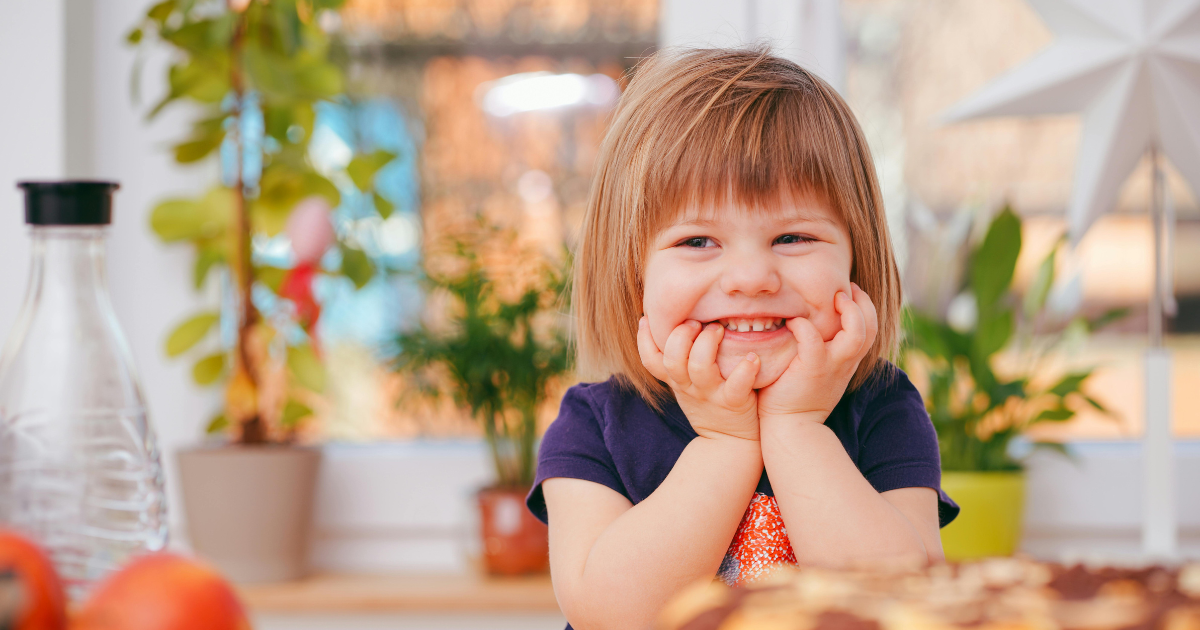One of the most difficult tasks of dealing with separation anxiety in kids for parents and children has always been how to manage it. For many kids in the United States, the first days of school, changes in daycare, or a daily routine might create overwhelming anxiety about separating from a parent or caregiver. It may be a standard part of development for many, but in others, separation anxiety disorder in children interferes with daily life.
As a parent, it helps to know what causes separation anxiety in children and how to assist your child in dealing with the situation. This guide offers practical strategies, tips, and advice on managing it for your children.
How to Help a Child With Separation Anxiety
If your child suffers from separation anxiety, there are numerous techniques you can use that would make him or her feel secure and confident. Let’s learn these techniques in detail.
Practice Separation Early
The first step in managing separation anxiety in children is to address it early on. Introduce your child as much as you can to experiences that might make the child part of you so that a small separation builds the habit among these small ages of being patient. So begin by sending them out to nearby trusted relatives or friends of yours. This will create a lasting impression on the little one. While separations may take different forms, they are usually only temporary.
The trick to this strategy is to begin early and then gradually increase the time apart. This approach not only reassures the child but also gives them the confidence to handle future separations, making each one less intimidating. Gradual exposure to separation reduces the intensity of separation anxiety and helps children build resilience.
Build Familiarity
Children often suffer from separation anxiety simply because they are unsure of what lies in the place left for them. This is mainly observed in children who begin daycare or school for the first time. To overcome this anxiety, it is essential to familiarize them with the new environments.
Take the time to visit the new school, daycare, or caregiver’s home beforehand. Show your child around and let them explore the area with you present. Let them know safe, comforting spaces where they can go to feel secure. Encourage them to play and interact with the teacher or caregiver so that when you leave them there, they feel more comfortable.
If your child has specific fears or concerns about the place, address them before the separation occurs. If they are worried about how to ask for help or what to do when they are feeling scared, provide clear answers and role-play possible situations. Building familiarity makes the unknown feel less scary and increases the child’s confidence.

Communicate Clearly and Be Consistent
Clear communication and consistency are essential when managing separation anxiety in children.
- Help Children Understand Separation. Young children, in particular, may not always understand why they must be separated from you.
- Explain the Situation in Simple Terms. It’s essential to explain the situation in simple terms, ensuring they understand what’s happening.
- Provide a Reassuring Routine. For example, if he or she is going to school for the first time, Explain the routine: “I’ll take you to school early and return in the afternoon. I’ll always come to fetch you.”
- Build Trust Through Consistency. Being consistent in words and deeds helps the child grow up trusting. Try to tell him or her that this separation is also temporary and assure them that you will surely be there after some time.
Another important point is to set a routine when leaving that is similar each time. This way, your child can feel safe knowing that things will go the same way every time he or she has to leave you.
Embrace Positive Reinforcement
Positive reinforcement can be a huge tool when dealing with separation anxiety in children. If your child can handle separation well enough, even if it’s just stepping forward, praise their bravery. Words of encouragement to your child could be, “You did such a great job staying with your teacher today!”
| Rewards | Reinforcing positive behavior can also be tied to rewards. |
| Encouragement | If your child successfully navigates a separation, consider giving them a small reward, like a favorite treat or an extra story at bedtime. |
| Confidence | This helps create positive associations with separation and encourages your child to feel confident. |
The idea of positive reinforcement does not necessarily have to be based on material rewards, it’s simply enough with emotional praise and encouragement for a child to feel secure and understood.
Keep Goodbyes Short and Sweet
Long, drawn-out goodbyes will also add to a child’s anxiety, so what was meant to be a little tricky may become much worse. The more you linger or the more upset you appear, the more likely your child will become anxious.
Establish a goodbye routine and stick to it. You can promise your child that you’ll return to take them home at a certain time and stick to it. Reassuring them of coming back is the best way to gain trust, and then the routine will make each separation easier to handle.
Remember, the longer the goodbye, the harder it will be for both of you. Stay calm, confident, and positive to make it easier.
When to Talk to a Doctor
While some degree of separation anxiety in children is standard, there are times when it may require the help of a healthcare professional. A doctor or other licensed health professional will be appropriate if it is severe enough, persistent enough, or interferes enough with their functioning.
Signs Your Child May Need Professional Help
If your child’s anxiety interferes with going to school or normal activities or results in physical symptoms such as headaches or stomachaches because of anxiety, it could be time to seek professional help. Other signs that could indicate a need for professional intervention are when your child exhibits:
- Severe distress over separations longer than usual.
- Difficulty is extreme concerning adjustments in routine or strange places.
- Tends to retreat, avoid association, or panic at parent separation.
- Physical signs such as vomiting or crying fit the mere idea of separation.
Although separation anxiety in children is normal at certain ages, it becomes a cause for concern when it severely disrupts your child’s everyday life. If your child is consistently distressed or their anxiety is persistent, professional intervention is key.
Dealing With Separation Anxiety in Older Children
Separation anxiety in older children might present differently compared to younger kids. Older children may not necessarily throw tantrums or cry but instead show anxiety in refusal to go to school, become anxious about a sleepover, or fearful about making new friends.
In such cases, it should be noted that older children may have more complex feelings about independence and may be unable to separate for other reasons. Therefore, their specific concerns need to be addressed with empathy and understanding.
Let your child know it is safe to be nervous about separation but equip them with emotional management tools. Encourage gradual separations and employ coping strategies such as breathing exercises or distraction techniques to help them confront their fears.
Addressing Separation Anxiety in Autistic Children
Many autistic kids will have separation anxiety, and for those having an autistic child, that could be quite a tough time. Some children develop an increased sensitivity to changes in sensory input or have difficulty coping with transitions. Such conditions add to their anxiety even further.
Patience and consistency are crucial for managing separation anxiety in autistic children. Visual schedules or a social story may also prepare them for the separation. Establishing a predictable routine is very important so that the child can rely on it, as predictability decreases uncertainty and, therefore, anxiety.
Keeping sensory comfort items like fidget toys, soothing music, or a favorite item may encourage separation.
Thoughts on Separation Anxiety
Separation anxiety in children is common, but it can be managed if done patiently and consistently. A child can easily manage this phase with great confidence if they practice early separation, familiarity, good communication, and positive reinforcement. In any case, professional help is always available if the anxiety of your child is too overwhelming or persistent.
If your child is suffering from separation anxiety, do not hesitate to seek help. Gradual strategies that can be used at home or professional therapy can help, and support is available so your child can thrive.
Call to Action
If you notice persistent signs of separation anxiety disorder in your child, you should get in touch with a pediatrician or a child psychologist. Early intervention may work wonders for your child when it comes to feeling more secure and confident. It’s possible to take the first step today in providing your child with what he or she needs to help manage their anxiety and lead a happy, healthy life.

FAQ’s
Here are some common questions about separation anxiety in children that may help clarify concerns:
How long does separation anxiety last in children?
Most often, Separation anxiety is simply an ordinary stage that might last for a few weeks to some months, mainly in little kids. If it persists or worsens, professional assistance may be required.
What are the symptoms of separation anxiety disorder in a child?
Indications for separation anxiety disorder in a child involve severe distress when the child is away from a parent, stomachaches or headaches, nightmares, refusal to go to school, and intense clinginess.
What do I do to help my child if he or she has separation anxiety in older children?
Older children should be able to acknowledge their feelings and then work out some coping strategies with their parents. Gradual exposure, thorough communication, and positive encouragement will go a long way in overcoming the anxiety of older children.








